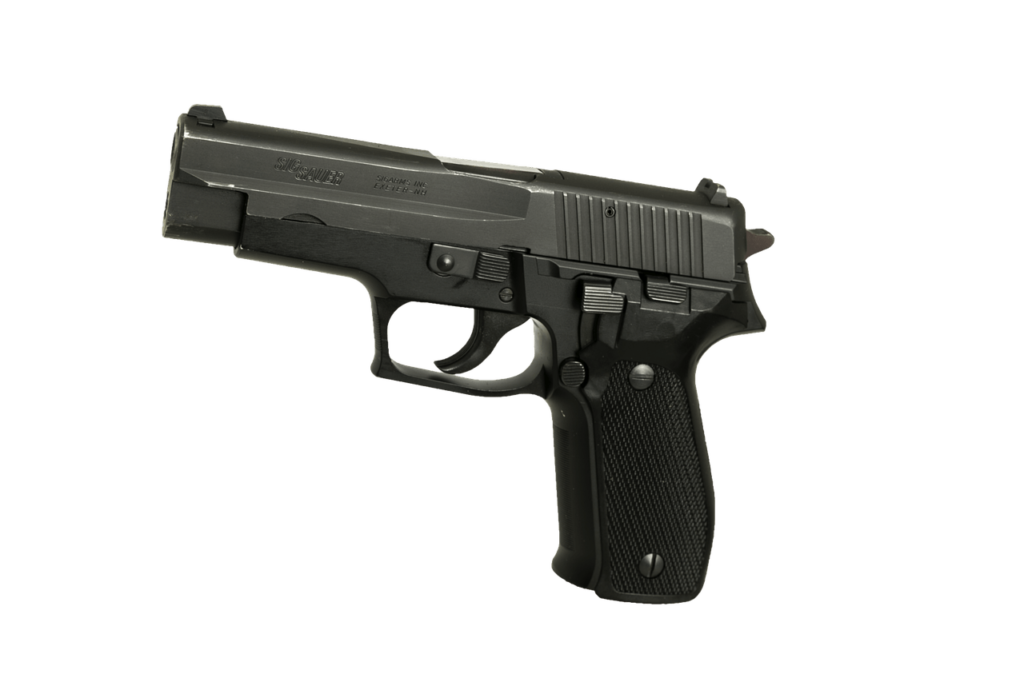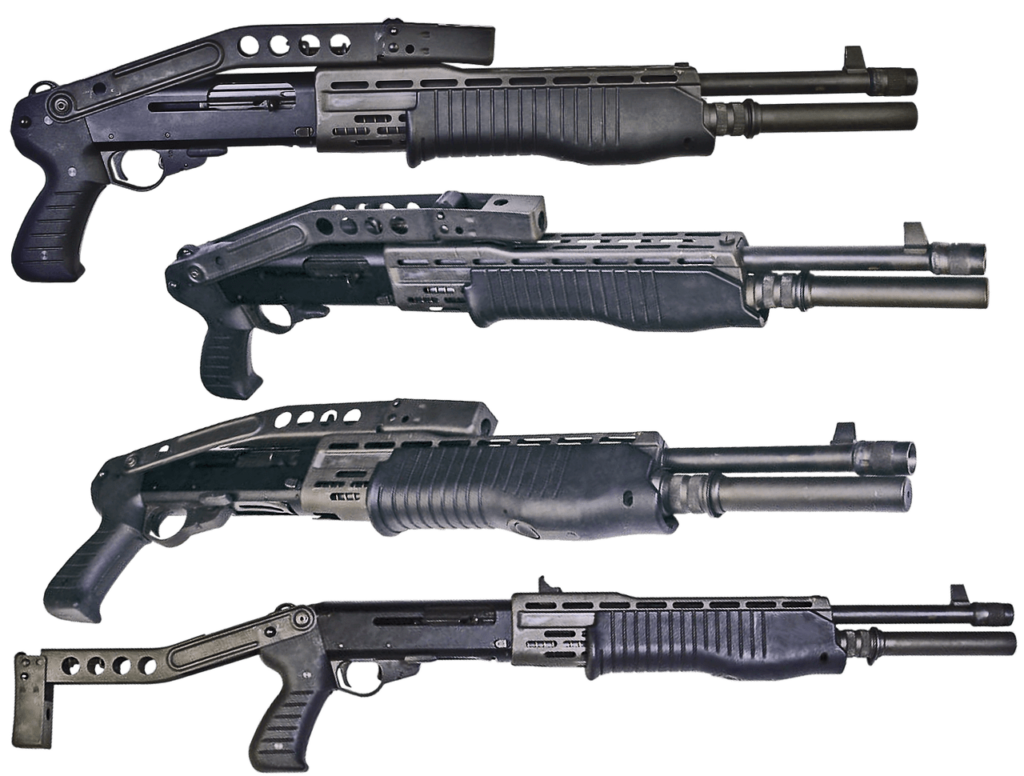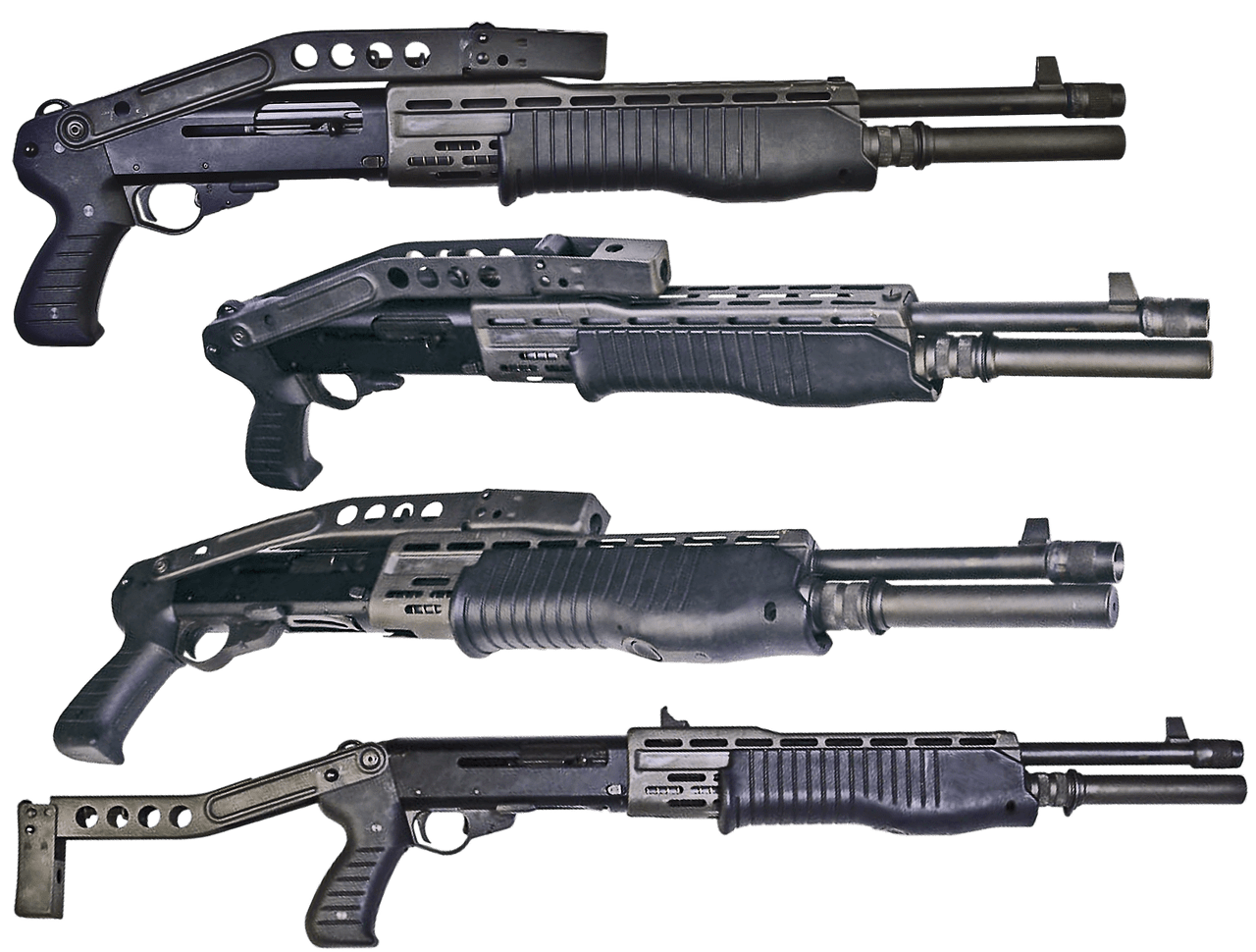If you’re a gun owner, you know the importance of regular maintenance to keep your firearm in top-notch condition. From removing dirt and debris to ensuring smooth operation, gun cleaning and lubrication are essential steps to maintain the longevity and accuracy of your weapon. In this article, we’ll explore some effective techniques for gun cleaning and lubrication, along with best practices to help you achieve optimal performance and safety. Whether you’re a seasoned shooter or just starting out, these tips will guide you through the process of keeping your gun in pristine condition.

This image is property of pixabay.com.
Importance of Gun Cleaning and Lubrication
Gun cleaning and lubrication are essential tasks that firearm owners should prioritize in order to maintain the performance, reliability, and safety of their firearms. By regularly cleaning and lubricating your gun, you can preserve its performance, prevent malfunctions and misfires, extend its lifespan, and ensure optimal safety during use.
Preserving firearm performance
Regularly cleaning and lubricating your firearm is crucial for preserving its performance. Over time, dirt, debris, and carbon buildup can accumulate in the barrel, slide, frame, and action components of a gun, affecting its overall functionality. By removing these contaminants and applying lubrication to the moving parts, you can keep your firearm operating smoothly and efficiently.
Preventing malfunction and misfires
A well-maintained firearm is far less likely to experience malfunctions and misfires. When dirt or debris obstructs the barrel or critical areas of the gun, it can negatively impact the cycling of the slide or the movement of the trigger and hamper the gun’s ability to fire properly. Through regular cleaning, you can prevent these issues and ensure that your firearm functions reliably when you need it most.
Extending the lifespan of the firearm
Proper cleaning and lubrication contribute to the longevity of your firearm. By keeping all components clean and properly lubricated, you minimize friction and wear, which can lead to premature damage or failure of parts. By following good maintenance practices, you can extend the lifespan of your firearm and maximize its value.
Safety reasons
Perhaps the most important reason to clean and lubricate your firearm is for safety. Neglecting to clean your gun can result in a buildup of fouling, rust, or corrosion, which can compromise the integrity of its parts. Additionally, improper lubrication or lack thereof can lead to increased friction and potentially dangerous malfunctions. By regularly cleaning and lubricating your firearm, you ensure that it functions safely and reliably.
Essential Tools and Supplies
To effectively clean and lubricate your firearm, it is important to have the right tools and supplies on hand. Here are some essential items that every gun owner should have in their cleaning kit:
- Cleaning rod: Used for attaching cleaning attachments and maneuvering through the barrel.
- Bore brush: Removes fouling and debris from inside the barrel.
- Patch holder: Holds cleaning patches securely for barrel cleaning.
- Cleaning patches: Absorbent cloths used to apply solvent and remove debris.
- Gun cleaner solvent: Specifically designed solvents that break down carbon buildup and remove contaminants.
- Lubricating oil: Designed to reduce friction and protect moving parts.
- Nylon brush: Ideal for scrubbing the slide, frame, and action components.
- Toothbrush: Small and convenient for reaching tight corners and crevices.
- Cotton swabs: Effective for cleaning hard-to-reach areas and removing debris.
Having these tools and supplies readily available will ensure that you can properly maintain your firearm.
Field Stripping the Firearm
Before you start cleaning your firearm, it is essential to field strip it. Field stripping refers to the process of partially disassembling the gun, allowing access to the critical parts for cleaning and lubrication. Here are the general steps to follow when field stripping your firearm:
Clearing the firearm and removing the magazine
Begin by ensuring that your firearm is completely unloaded. Remove the magazine and visually inspect the chamber to confirm that there is no ammunition present. Always follow safe handling procedures and never skip this step.
Verifying the chamber is empty
After removing the magazine, pull back the slide and visually and physically inspect the chamber. This step ensures that there is no ammunition left in the gun, providing a safe working environment for cleaning and maintenance.
Disassembling the firearm according to manufacturer instructions
Refer to the manufacturer’s instructions for the specific disassembly process for your firearm. Disassemble the gun, paying close attention to how each part fits together. Take note of any small components or springs that may become dislodged during disassembly. Following the manufacturer’s instructions will prevent any potential damage and ensure proper reassembly later.
Cleaning the Barrel
The barrel of your firearm is one of the critical areas that require thorough cleaning. Here’s how to clean your firearm’s barrel effectively:
Attaching the bore brush to the cleaning rod
Start by attaching the appropriately sized bore brush to your cleaning rod. Ensure the brush is snugly secured to the rod to prevent it from coming loose during cleaning.
Wetting the bore brush with gun cleaner solvent
Apply a small amount of gun cleaner solvent to the bristles of the bore brush. The solvent helps break down fouling and carbon buildup, making it easier to remove.
Scrubbing the barrel from chamber to muzzle
Gently insert the bore brush into the chamber end of the barrel and push it through to the muzzle. Use a back-and-forth scrubbing motion to thoroughly remove any debris or residue. Repeat this motion several times to ensure a thorough cleaning.
Replacing the bore brush with a patch holder and cleaning patches
After scrubbing, remove the bore brush from the cleaning rod and replace it with a patch holder. Attach a cleaning patch to the patch holder securely.
Applying solvent-soaked patches through the barrel
Dampen the cleaning patch with gun cleaner solvent. Insert the cleaning rod into the chamber end of the barrel and push it through to the muzzle, ensuring to keep the patch close to the bore’s walls. Repeat this process with fresh solvent-soaked patches until they come out relatively clean.
Repeating until patches come out clean
Continue replacing the solvent-soaked patches and running them through the barrel until they emerge clean. This ensures that you have removed all debris and fouling from the barrel’s bore.
Inspecting the barrel for any debris or fouling
Once the patches come out clean, use a bore light or inspect the barrel visually to ensure it is free of any debris or fouling. Check for any signs of rust or corrosion as well. If necessary, repeat the cleaning process until you are satisfied with the cleanliness of the barrel.

This image is property of pixabay.com.
Cleaning the Slide, Frame, and Action
In addition to the barrel, other key areas of your firearm require attention during the cleaning process. Here’s how to effectively clean the slide, frame, and action components:
Using a nylon brush and gun cleaner solvent to scrub the slide
Dip a nylon brush into gun cleaner solvent, and gently scrub the slide to remove any carbon buildup or debris. Pay close attention to the extractor, firing pin channel, and slide rails, ensuring they are thoroughly cleaned.
Cleaning the frame and action components
Use the nylon brush and gun cleaner solvent to clean the frame and action components. Focus on areas where carbon buildup and dirt tend to accumulate. Pay special attention to trigger components, hammer, and safety mechanisms, as these can affect the firing performance.
Removing carbon buildup and dirt from critical areas
Use a toothbrush or a nylon brush to remove any built-up carbon or dirt from hard-to-reach areas. Be careful while cleaning to prevent any damage to the gun’s delicate components.
Using cotton swabs for hard-to-reach places
For those hard-to-reach areas, such as corners and crevices, use cotton swabs dipped in gun cleaner solvent. Cotton swabs are particularly effective at removing residue and dirt from tight spaces.
Wiping down all parts with clean cloth
After the cleaning process, use a clean and dry cloth to wipe down all parts of the firearm, ensuring that it is free of any remaining solvent or debris. A thorough wipe down helps to remove any excess moisture and prepares the gun for lubrication.
Lubricating the Firearm
Once your firearm is clean and dry, it is crucial to apply the appropriate lubrication to ensure its smooth function. Here are some key considerations when lubricating your firearm:
Applying a thin layer of lubricating oil to moving parts
Using a high-quality lubricating oil, apply a thin layer to all the moving parts of your firearm. Focus on areas such as slide rails, trigger components, and the barrel hood. The lubricant reduces friction between parts, allowing for smoother operation.
Using oil sparingly to prevent excess buildup and attracting dirt
While lubrication is important, it is crucial to use it sparingly. Excessive lubrication can lead to the buildup of dirt and debris, which can affect the firearm’s performance. Apply only a thin layer of oil, ensuring that it is evenly distributed to prevent excess accumulation.
Paying attention to areas prone to wear and friction
Certain areas of your firearm are prone to wear and friction. It is essential to pay special attention to these areas when lubricating. These may include the slide rails, barrel hood, hammer, and trigger components.
Avoiding excessive lubrication of firing pin or chamber areas
When lubricating your firearm, be cautious not to apply excessive oil to the firing pin or chamber areas. Excess oil in these critical parts can lead to malfunctions and misfires. Use a minimal amount of lubrication in these areas to ensure proper functionality without compromising safety.

This image is property of pixabay.com.
Reassembling the Firearm
After thoroughly cleaning and lubricating your firearm, it is imperative to reassemble it correctly. Follow these general guidelines for proper reassembly:
Following manufacturer instructions for proper reassembly
Refer to the manufacturer’s instructions to guide you through the reassembly process. Ensure that you follow each step precisely, taking note of any particular order or orientation of parts.
Ensuring all components fit snugly and correctly
As you reassemble your firearm, pay close attention to ensure that all components fit snugly and correctly. Be cautious of any loose or misaligned parts as they can affect the overall function and safety of the firearm.
Verifying the functionality of the firearm
Once reassembled, perform a visual inspection and manual function check to verify that the firearm is correctly put together. Check that all parts are in place and move as intended. By confirming proper functionality, you can ensure the safety and reliability of your firearm.
Performing a function check before loading live ammunition
Before loading live ammunition, perform a function check. This includes dry firing the firearm, ensuring that the trigger resets properly and that the slide cycles without any issues. If any abnormalities or malfunctions are observed, disassemble and reassemble the firearm to address any potential problems.
Regular Maintenance Schedule
Establishing a regular cleaning and lubrication schedule is crucial for maintaining your firearm’s optimal condition. Here are some factors to consider when creating a maintenance routine:
Taking into account frequency of firearm use
The frequency with which you use your firearm should dictate your cleaning and lubrication schedule. If you use your gun frequently, such as for competitive shooting or self-defense purposes, a more regular cleaning schedule may be necessary. On the other hand, if your firearm is used less frequently for recreational purposes, you may be able to clean it less often.
Cleaning after each use or at designated intervals
Regardless of the frequency of use, it is recommended to clean your firearm after each use. This practice ensures that any accumulated carbon, debris, or moisture is promptly addressed before it has a chance to cause long-term damage. For firearms used less frequently, establish a schedule to clean them at regular intervals, even if they have not been fired.
Regularly inspecting and lubricating the firearm
Alongside regular cleaning, it is essential to inspect your firearm for signs of wear, corrosion, or damage. Regularly lubricating moving parts and applying a protective layer of oil can help prevent rust and ensure smoother operation.
By adhering to a regular maintenance schedule, you can enjoy a firearm that performs reliably and safely for many years to come.
Safe Storage and Handling
Proper storage and handling of firearms are equally important as regular cleaning and maintenance. Here are some key considerations for safe storage:
Storing firearms in a secure and dry location
Always store your firearms in a secure and dry location, preferably a locked gun safe or a secured gun cabinet. This ensures that your firearms are not accessible to unauthorized individuals and reduces the risk of accidents.
Protecting firearms from environmental elements
Humidity and moisture can cause rust and corrosion, severely damaging your firearms. Store firearms in a controlled environment with low humidity levels. Consider using dehumidifiers or desiccant packs to absorb excess moisture.
Using appropriate gun cases or safes
Investing in a reliable gun case or gun safe is crucial for secure storage. Gun cases offer protection during transportation, while gun safes provide long-term storage with added security measures. Always follow the manufacturer’s guidelines when selecting and using gun cases or safes.
Handling firearms safely to prevent accidental discharges
Safe handling practices are essential to prevent accidental discharges. Always treat every firearm as if it is loaded and ensure muzzle control at all times. Keep your finger off the trigger until you are ready to shoot, and only point the firearm at a target you intend to shoot. Educate yourself on proper firearm handling, and stay informed on local laws and regulations.
Seeking Professional Assistance
Although cleaning and maintaining your firearm can be done by yourself, there are instances where seeking professional assistance is necessary or recommended:
When in doubt or unfamiliar with firearm cleaning process
If you are unsure or unfamiliar with the proper cleaning process for your specific firearm, it is best to seek professional assistance. Asking for help from a knowledgeable gunsmith or experienced firearm owner can prevent potential damage to your firearm.
Consulting firearm manufacturer’s recommendations
Each firearm may have unique cleaning and maintenance requirements. Consult the firearm manufacturer’s recommendations for specific guidelines on how to properly clean and maintain your firearm. Manufacturers often provide detailed instructions or maintenance videos to guide owners.
Considering professional gunsmith services
For more intricate maintenance or repairs, it may be advisable to utilize the services of a professional gunsmith. A gunsmith can perform thorough inspections, identify potential issues, and address more complex problems that may arise during the cleaning process. This ensures that your firearm receives the expert care it needs.
Ensuring proper maintenance and care of the firearm
Proper maintenance and care are essential for the longevity and performance of your firearm. Whether you handle the maintenance yourself or seek assistance, being proactive in cleaning, lubricating, and maintaining your firearm will guarantee its reliability, safety, and optimal performance.
In conclusion, maintaining a clean and well-lubricated firearm is essential for optimal performance, reliability, and safety. By following the proper techniques outlined here, utilizing the essential tools and supplies, and adhering to a regular cleaning and maintenance routine, you can ensure that your firearm operates smoothly, functions reliably, and serves you for many years to come. Remember to always prioritize safety and seek professional assistance when necessary.
